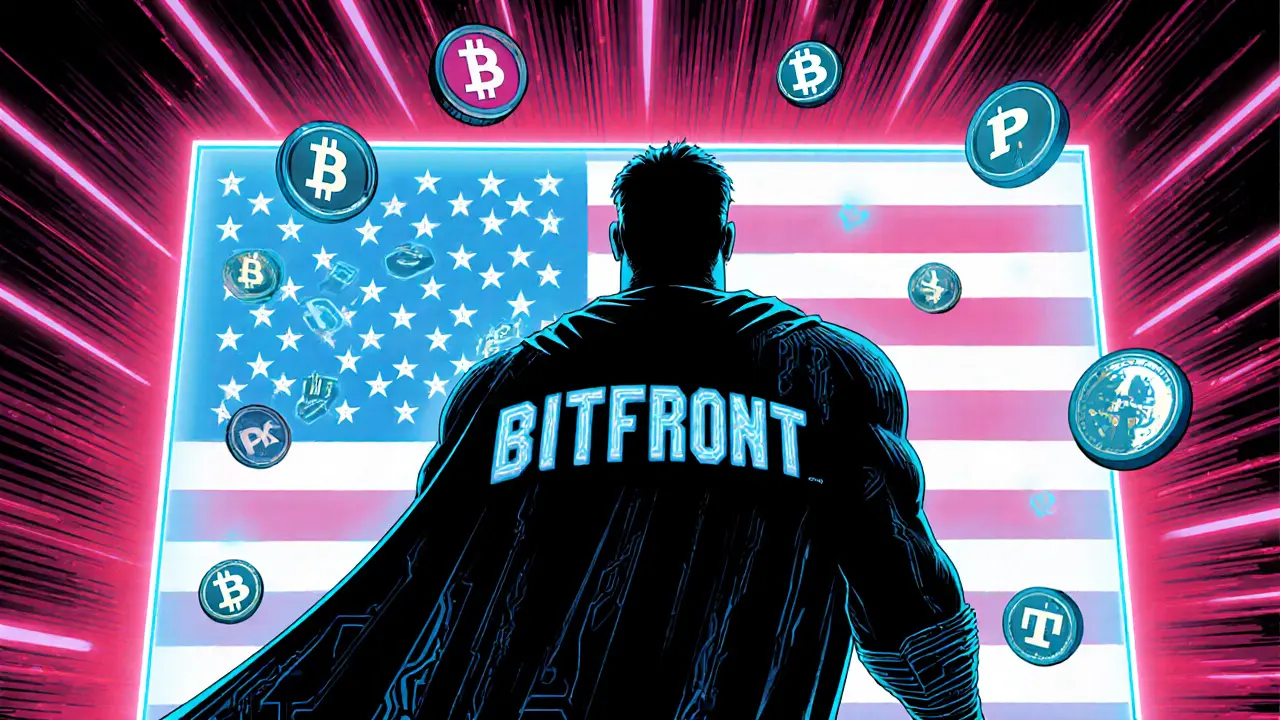When navigating US crypto exchange, a platform that lets U.S. traders buy, sell, and swap digital assets under domestic regulations. Also known as American crypto exchange, it operates within a strict legal framework while offering spot, futures, and staking services.
One major class of these platforms is the centralized crypto exchange, a service that holds users' funds in its own wallets and executes trades on a single order book. Because they control custody, they face higher exchange security, requirements such as cold storage, multi‑factor authentication, and regular audits. In the U.S., security standards often stem from exchange licensing, the process of obtaining a Money Service Business (MSB) registration with FinCEN and state‑level crypto‑specific licences. These licences shape how an exchange can onboard customers, process withdrawals, and report suspicious activity.
US crypto exchange users must also understand how decentralized alternatives fit into the picture. A decentralized exchange, a protocol that lets traders swap tokens directly from their wallets without a custodian sidesteps many licensing hurdles but introduces its own risk profile, such as smart‑contract bugs and liquidity fragmentation. The interplay between centralized and decentralized options creates a nuanced landscape where regulation, security, and user preference constantly influence each other.
First, compliance matters. Every US crypto exchange must register as an MSB, implement KYC/AML procedures, and file SARs for suspicious transactions. Failure to meet these standards can trigger enforcement actions from the SEC or FinCEN, leading to fines or forced shutdowns. Second, fee structures vary dramatically; some platforms charge a flat 0.1 % maker fee, while others impose higher taker fees to fund insurance funds that protect against hacks. Third, insurance coverage is becoming a differentiator – exchanges that partner with custodial insurers can reimburse users for losses up to a certain limit, but such policies often exclude losses from user error.
Security practices differ as well. Reputable US exchanges conduct quarterly penetration tests, store the majority of assets in air‑gapped cold wallets, and enforce withdrawal whitelists. They also publish transparency reports that detail breach attempts and resolution timelines. In contrast, platforms with lax security may expose users to phishing attacks, credential stuffing, or exploit of outdated software libraries. Paying attention to a platform’s security track record can save you from costly retrieval efforts.
Finally, understanding banking relationships is crucial. Some US exchanges maintain direct relationships with major banks, enabling fiat on‑ramps and off‑ramps through ACH or wire transfers. Others rely on third‑party payment processors, which can introduce delays or higher fees. When banking restrictions tighten – as seen in states with stringent crypto regulations – users often turn to alternative routes like P2P trading, VPN‑protected access, or decentralized exchanges. Knowing these workarounds helps you stay liquid even if a preferred platform faces regulatory pressure.
The collection below pulls together deep dives on licensing requirements, security audits, fee comparisons, and real‑world case studies of both centralized and decentralized platforms. Whether you’re a trader looking for the safest venue, an entrepreneur navigating licensing, or just curious about how US crypto exchanges differ from their global counterparts, these articles give you the practical insights you need to trade smarter.

A detailed 2025 review of the now‑defunct Bitfront crypto exchange, covering its history, features, why it closed, and lessons for traders.